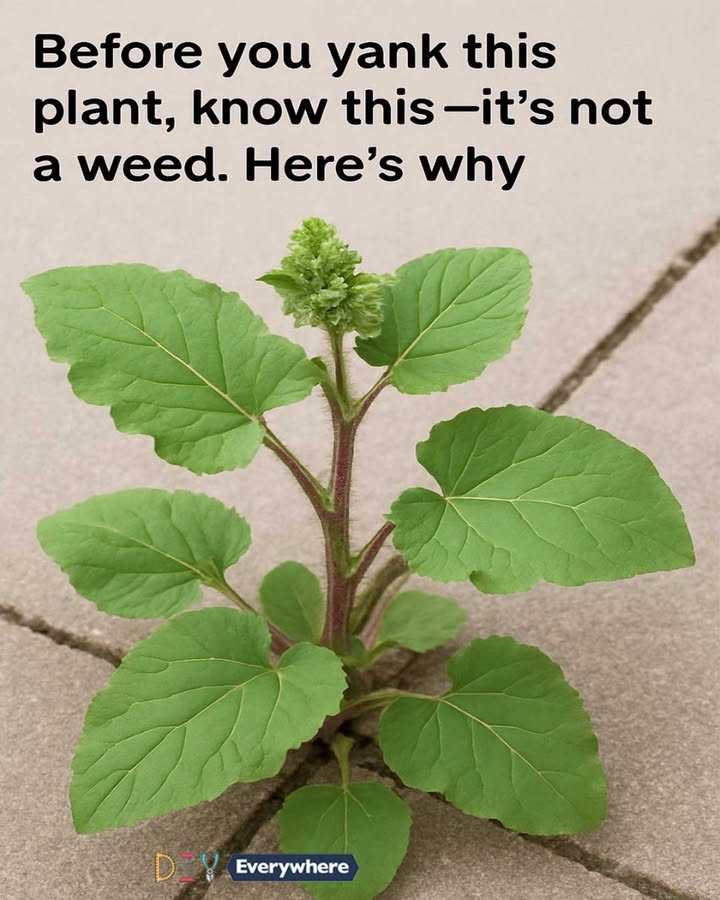2. A Brief History of Burdock
Burdock has a long history of use in various cultures around the world. In traditional Chinese medicine, burdock root, known as ‘niu bang,’ has been used for centuries to treat ailments such as colds, sore throats, and skin conditions. The plant’s origins can be traced back to the temperate regions of Europe and Asia, where it was first cultivated for its medicinal properties.
In the Middle Ages, burdock was valued for its ability to purify the blood and was often used as a diuretic. By the 19th century, it had made its way to North America, where it was quickly classified as a weed due to its aggressive growth habits. Despite this, burdock continued to be used medicinally and was even incorporated into various culinary traditions.
3. The Ecological Role of Burdock
Burdock plays a significant role in its ecosystem, providing food and habitat for various species. The plant’s flowers attract pollinators such as bees and butterflies, while its seeds are a food source for birds and small mammals. The large leaves of the burdock plant create a microhabitat for insects, offering shelter and shade.
In addition to supporting wildlife, burdock also contributes to soil health. Its deep roots help to break up compacted soil, improving aeration and drainage. As the plant decomposes, it adds organic matter to the soil, enriching it with nutrients that benefit other plants.
4. Identifying Burdock: Key Characteristics
Burdock is easily identifiable by its large, heart-shaped leaves, which can grow up to 50 centimeters in length. The leaves have a coarse texture and are green on top, with a lighter, woolly underside. In its second year, burdock produces tall flowering stalks topped with purple, thistle-like flowers.
The most distinctive feature of burdock is its burrs. These rounded seed heads are covered in tiny hooks, allowing them to cling to fur and fabric. While these burrs may be a nuisance, they are also a key identifying feature of the plant.
5. Culinary Uses of Burdock
Burdock root is a staple in Asian cuisine, particularly in Japanese dishes such as ‘gobo’ and ‘kinpira gobo.’ The root has a crunchy texture and a sweet, earthy flavor that pairs well with soy sauce, sesame oil, and other traditional seasonings. It can be julienned and stir-fried, pickled, or added to soups and stews.
In addition to the root, burdock leaves and stems are also edible, though they are less commonly used. The young leaves can be cooked like spinach, while the peeled stems can be added to salads or cooked as a vegetable.
6. Burdock in Traditional Medicine
Traditional medicine systems across the globe have utilized burdock for its health benefits. In addition to its use in Chinese medicine, burdock root has been used in European folk medicine to treat arthritis, gout, and skin conditions such as eczema and psoriasis. Its anti-inflammatory and antioxidant properties make it a valuable remedy for a variety of ailments.
Burdock is also used as a detoxifying agent, believed to help cleanse the blood and support liver function. Herbalists often recommend burdock root as part of a detox regimen to help the body eliminate toxins.
SEE NEXT PAGE
ADVERTISEMENT

